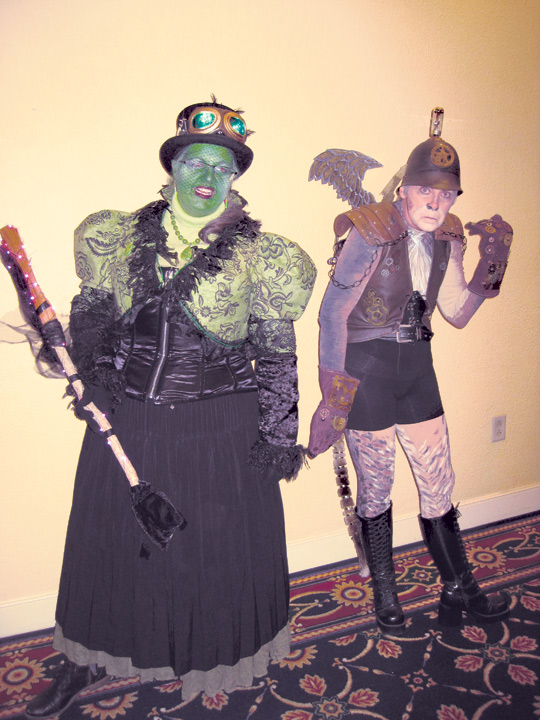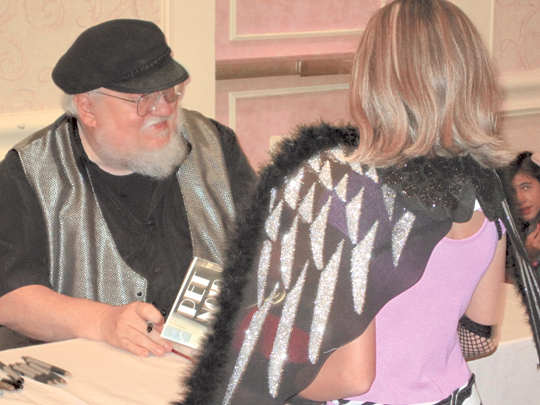Culture Shock: Building New Worlds At Bubonicon
The Change-Making Scope Of Science Fiction And Fantasy


Some epic cosplay
Craig Chrissinger

George R.R. Martin
Craig Chrissinger

Craig Chrissinger








